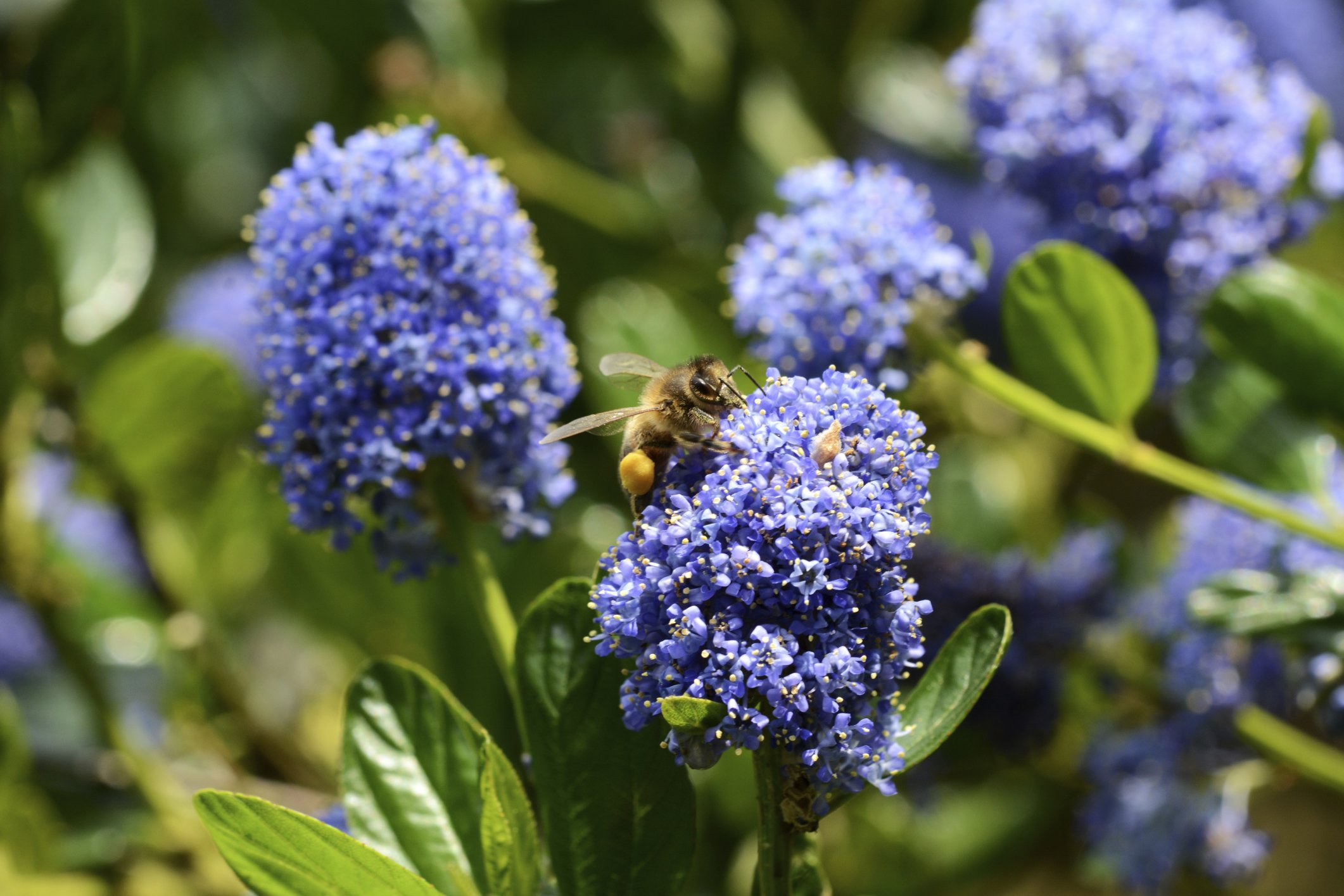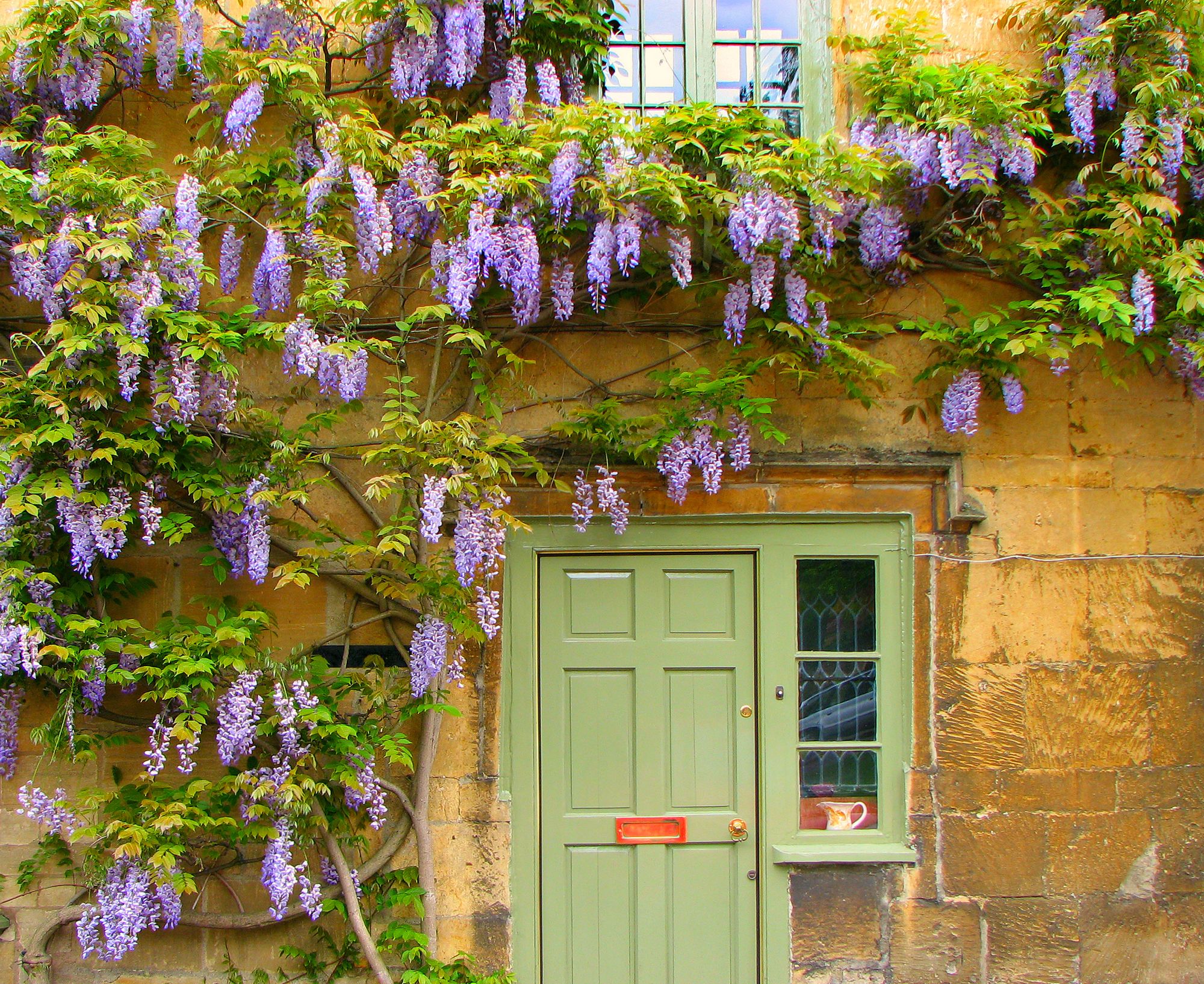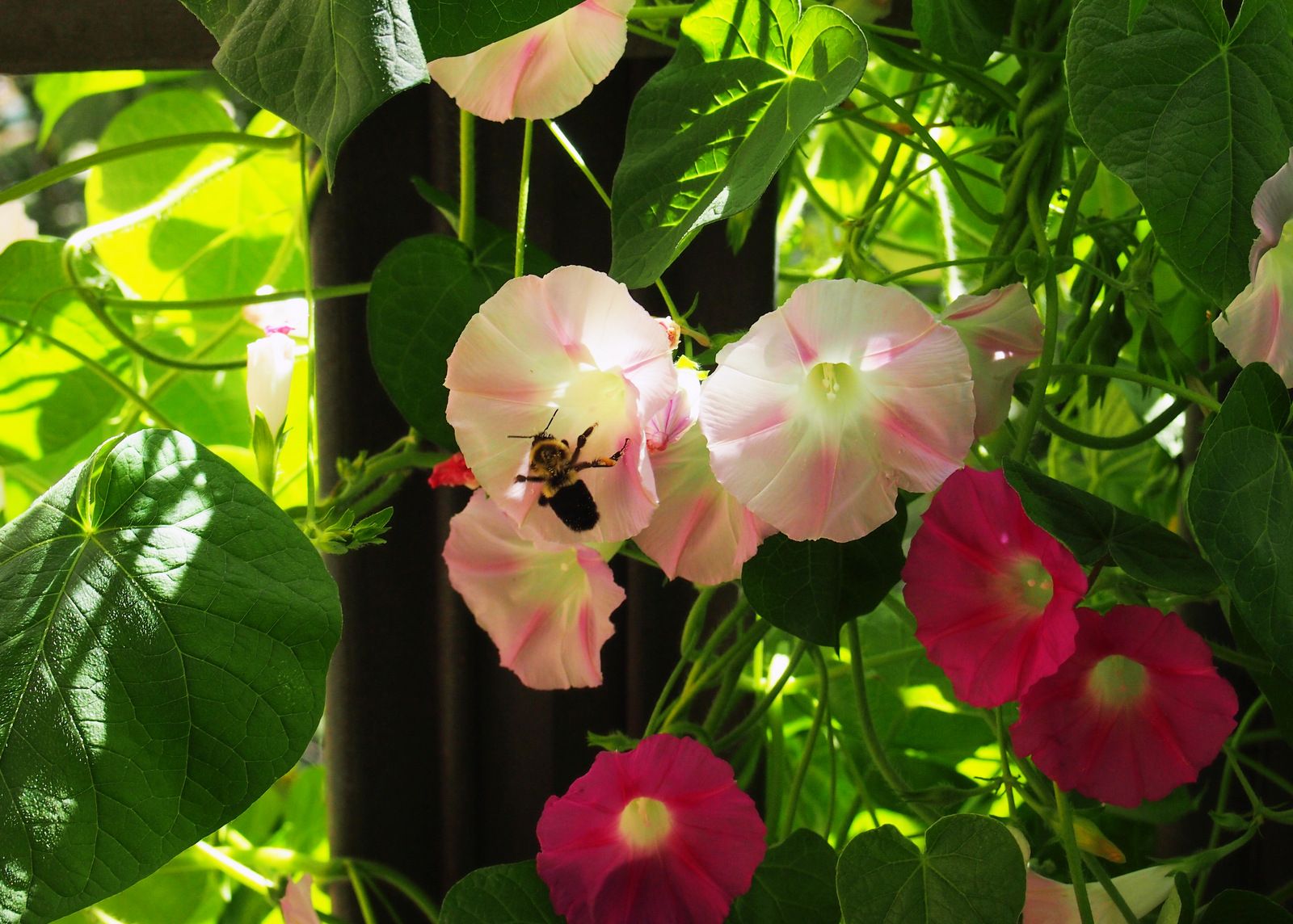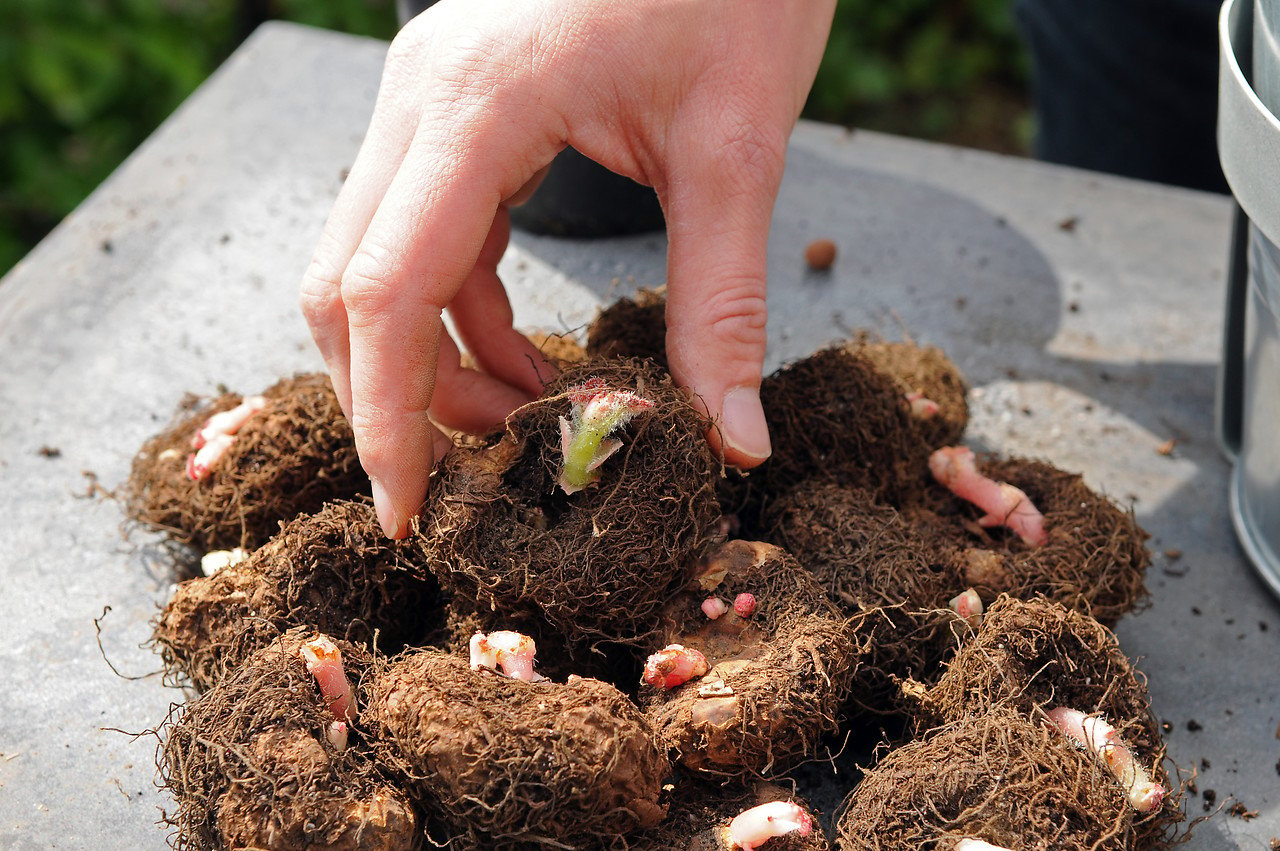How Long Does a Palm Tree Take to Grow in UK?

Table of Contents
Planting a palm tree in the UK can be an amazing addition to your garden. But have you ever thought about how long it takes for a palm tree to grow here? Understanding the growth process of these lovely trees is important to create a growing garden.
Growing a palm tree is a patient process as these trees have their own pace. By knowing what to expect, you can plan and care for them better so, if you’re curious about the time it takes for a palm tree to reach its full height in the UK climate. You will get to know about that here.
Understanding this process will not only improve your gardening experience but also bring a vibe of green beauty to your outdoor space.
Steps to Planting Your Palm Tree
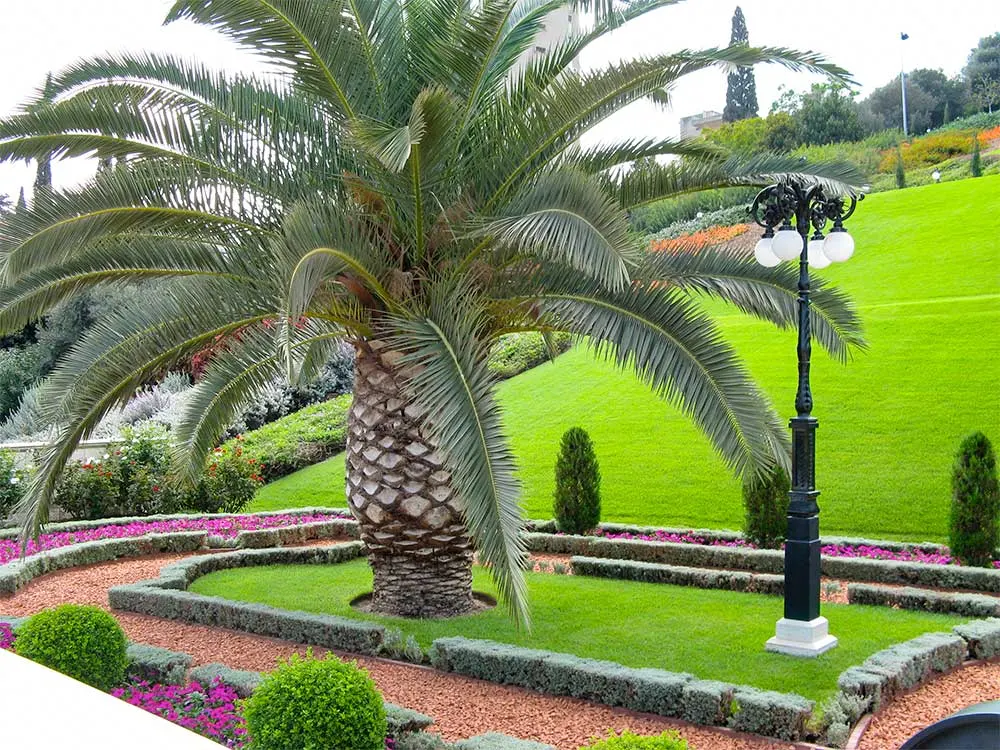
When it comes to planting a palm tree, you want to ensure you follow the proper steps for a successful start. Begin by carefully removing the palm from its nursery pot, taking care not to damage the soft roots. Once you have the palm free, it’s time to prepare the planting hole. This hole should be wide enough to comfortably hold the root ball with a bit of extra space on the sides. However, it’s important not to plant the tree too deep; it should be at the same depth as it was grown in the nursery. These are the steps to grow the best palm trees for UK.
Planting in Containers
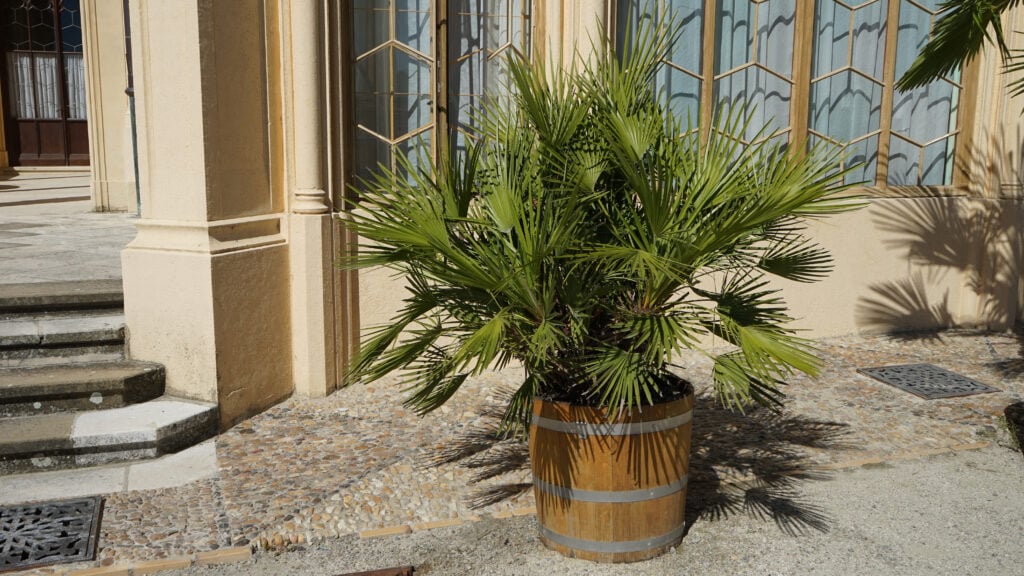
If you’ve chosen to plant your palm tree in a container, proper preparation is key. Begin by drilling holes in the base of the planter to ensure adequate drainage. Next, add a layer of gravel, stones, or even old broken plant pots. This helps prevent water from pooling at the bottom, which can be detrimental to the palm’s health. Then, fill the planter with good-quality multi-purpose compost, creating a comfortable environment for the root ball. To give your palm the best chance at growing, consider using Root-grow, which helps in establishment.
Growing Palm Trees in British Gardens
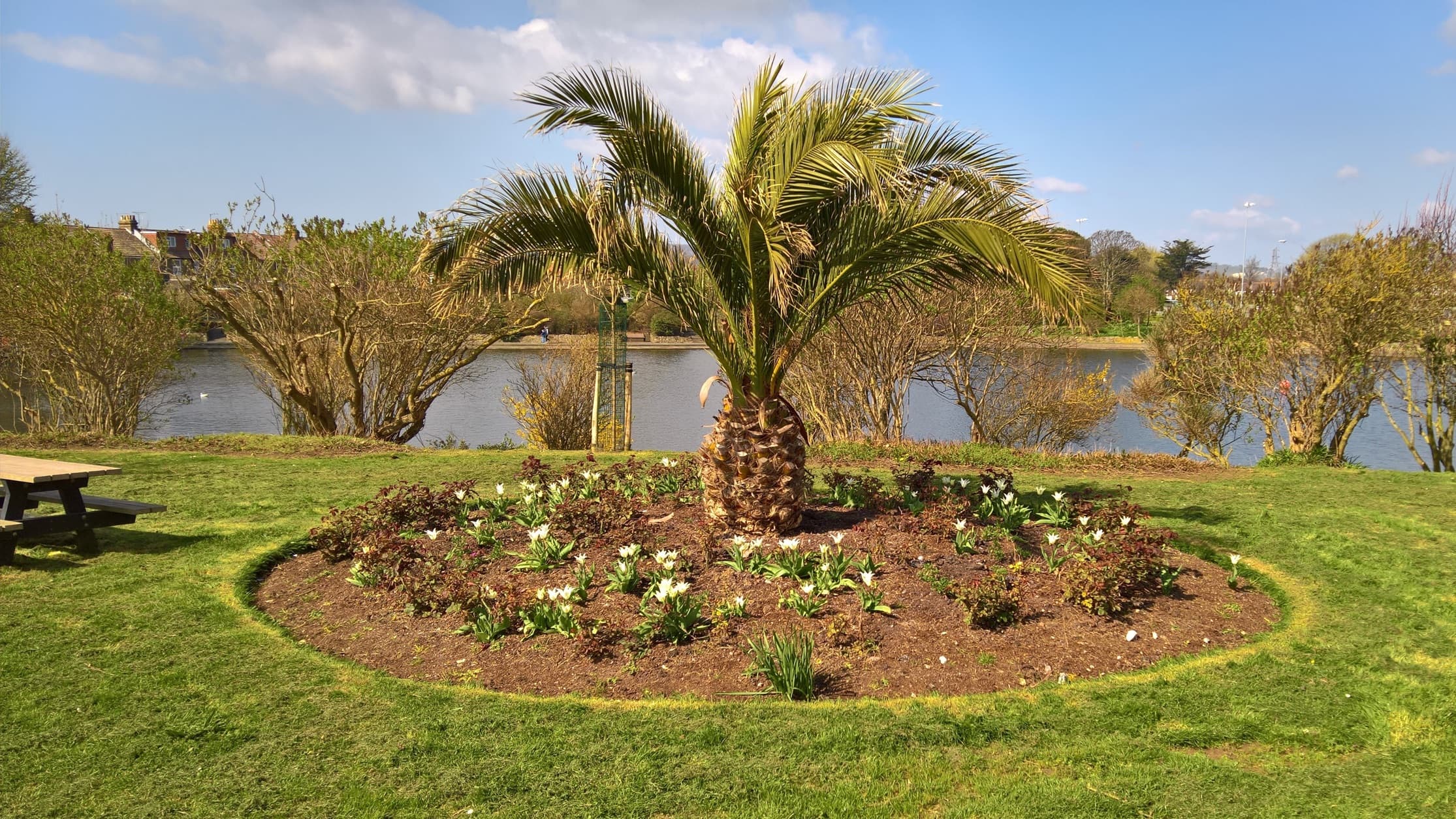
Believe it or not, palm trees can grow in British gardens, bringing a touch of the tropics to your outdoor space. While they may grow slowly in the UK, they’re generally low-maintenance, making them a feasible addition to your garden. Palms prefer either full sun or dappled shade, so choose a spot that receives ample sunlight. A hot, sheltered location is ideal, especially during the initial stages after planting. Be sure to provide plenty of water during this period to help the palm establish its roots. Once settled, they become more strong and require less frequent watering.
Caring for an Established Palm Tree

As the seasons change and temperatures drop, your palm tree may need a bit of extra care. If your palm is potted, consider moving it to a well-ventilated greenhouse or conservatory to protect it from winter’s harsh conditions. If this isn’t an option, placing the planter near your house can offer some added shelter. During winter, it’s important not to overwater. Keep the soil consistently damp, but avoid letting it become waterlogged.
Hardy Fan Palms in Garden
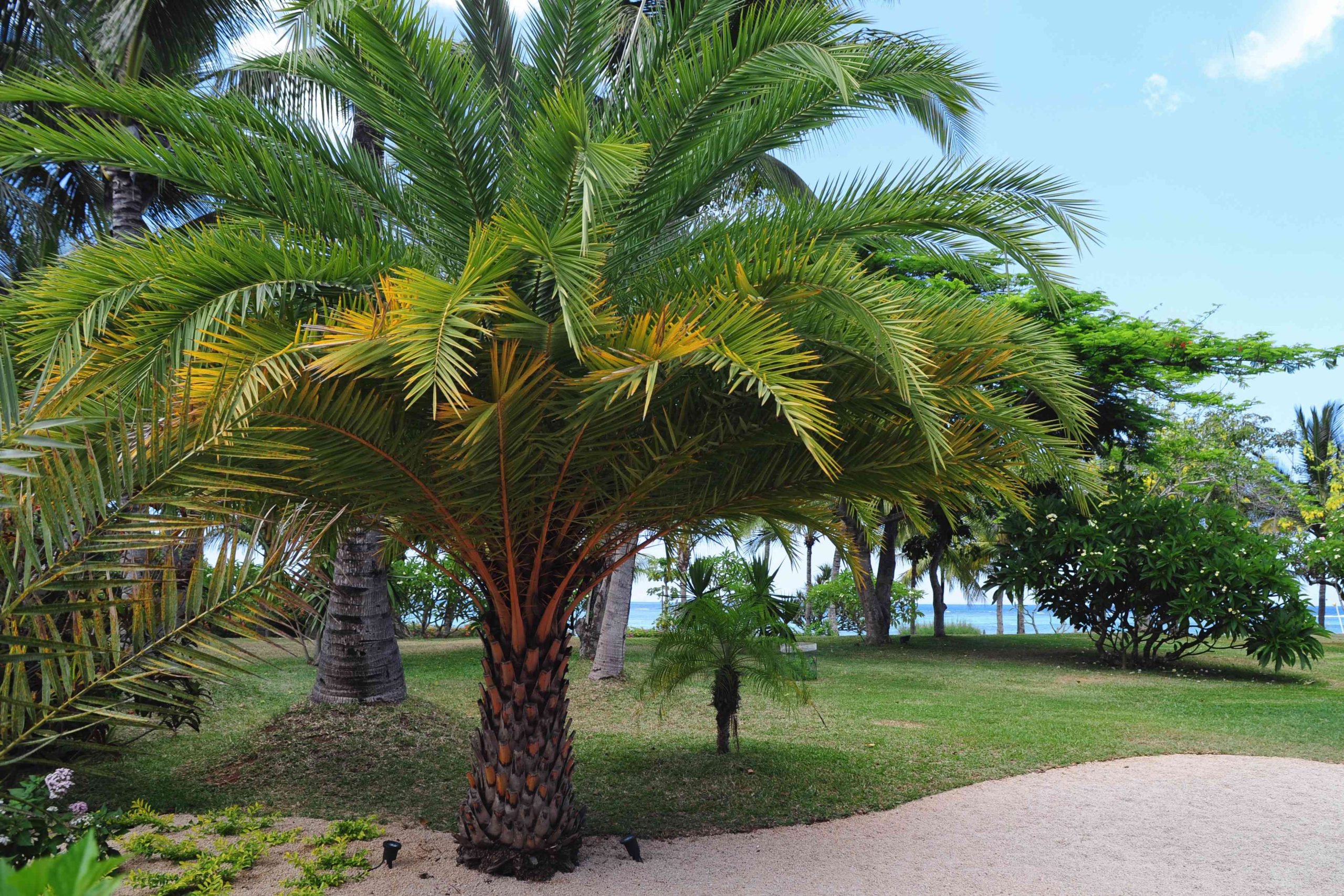
Hardy fan palms contain a vast range of varieties, each with its own unique characteristics. Some may have rigid, upright fronds, while others boast softer, more drooping leaves. The trunks of fan palms can also vary widely in appearance, from smooth to textured and from slender to more wide. In the UK, these palms show slow growth, but they adapt well to being potted. By restricting their root space, you can effectively control their size. This is a practice that these palms actually appreciate, provided they receive sufficient nourishment.
Positioning a Palm Tree

Selecting the right location for your palm tree is important for its well-being. Palms grow in areas with full sun or dappled shade. They prefer warm, sheltered spots, especially in the early stages after planting. During this time, they require regular watering to help establish their roots. However, once settled, their water needs decrease. It’s important to note that palm trees generally don’t require huge pruning. Simply removing any dead or damaged leaves is usually sufficient for maintaining their appearance.
How to Plant a Palm Tree

Planting a palm tree is an easy process that shares similarities with planting other types of trees. To ensure a successful start, it’s best to plant your tree soon after it’s delivered. If there will be a delay between delivery and planting, make sure to keep the tree’s root ball adequately moist but not overly soaked. Better planting time is during the warmer months of the year, as this provides the tree with the best conditions for growth.
Steps for After Planting Your Palm Tree
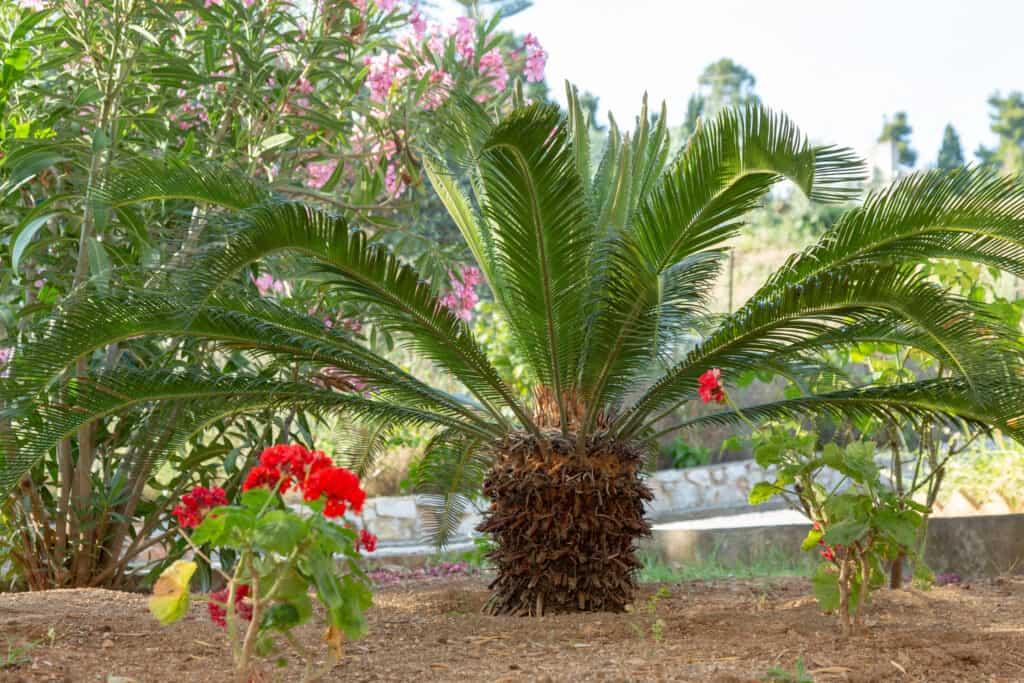
After your palm tree is securely planted. It’s important to take additional steps to support its growth and development. Firmly settle the palm in its new home to provide stability. Adding a layer of mulch around the base, whether it’s chipped bark, gravel, or another suitable material, can help retain moisture. Especially during the important establishment phase. Frequent watering and feeding are important for newly planted palm trees. During the initial two weeks, daily watering is recommended, gradually tapering off over the following months as the tree becomes more established.
Conclusion
So, how long does it take for a palm tree to grow in the UK? Well, it’s important to know that palm trees are patient growers. They take their time, and that’s perfectly normal. In the UK’s cooler climate, it may take several years for a palm tree to reach its full maturity. The Trachycarpus fortunei, often known as the Chusan Palm or Windmill Palm, is one of the easiest palm trees to grow here. So, don’t be in a hurry.
Give them the time they need, and you’ll have a graceful palm tree making your garden more beautiful.
Enjoy watching it grow and flourish over the years.


